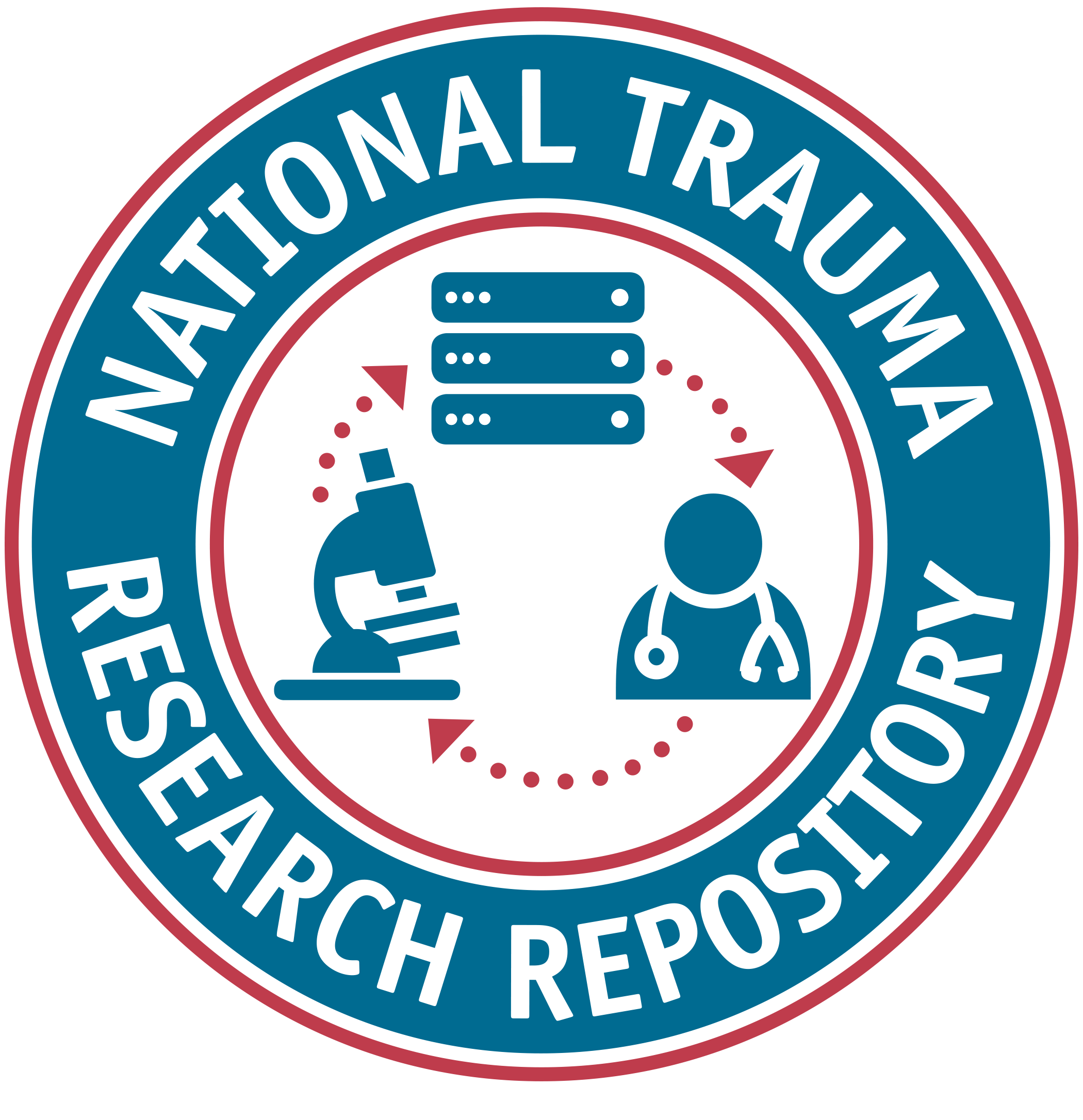Listed below are the details for the data element.
FITBIR,
NTRR
1.10
Element Type
Common Data Element
GUID
GUID
Short Description
Global Unique ID which uniquely identifies a subject
Definition
Global Unique ID (GUID) which uniquely identifies a subject
Notes
cdRNS|eyeGene|FITBIR|NIA;
Creation Date
2014-04-01
Historical Notes
References
Johnson, S.B., Whitney, G., McAuliffe, M., Wang, H., McCreedy, E., Rozenblit, L., and Evans, C.C. (2010). Using Global Unique identifiers to link autism collections. J. Am. Med. Inform. Assoc., in press. Published online July 17, 2010. 10.1136/jamia.2009.002063.
Data Type
GUID
Input Restrictions
Free-Form Entry
Population
Adult and Pediatric
Guidelines/Instructions
Enter a unique GUID. CDISC variables: USUBJID. For more information, refer to https://wiki.cdisc.org/display/SDTMIG33/Subject+Visits
Preferred Question Text
Global Unique ID (GUID) which uniquely identifies the subject:
Category Groups and Classifications
| Disease | Domain | Sub-Domain |
|---|---|---|
| Trauma | Trauma | N/A |
| Parkinson's Disease | Participant/Subject Characteristics | Demographics |
| Traumatic Brain Injury | Participant/Subject Characteristics | Demographics |
| General (For all diseases) | Protocol Experience | Participant/Subject Identification, Eligibility, and Enrollment |
Classification
Traumatic Brain Injury:
Supplemental
Moderate/Severe TBI: Rehabilitation
Acute Hospitalized
Concussion/Mild TBI
Epidemiology
General (For all diseases):
Supplemental
Parkinson's Disease:
Supplemental
Trauma:
Core
Rehabilitation/Outcomes
Trauma Epidemiology
Acute Hospital
Pre-Hospital
Keywords
Labels





